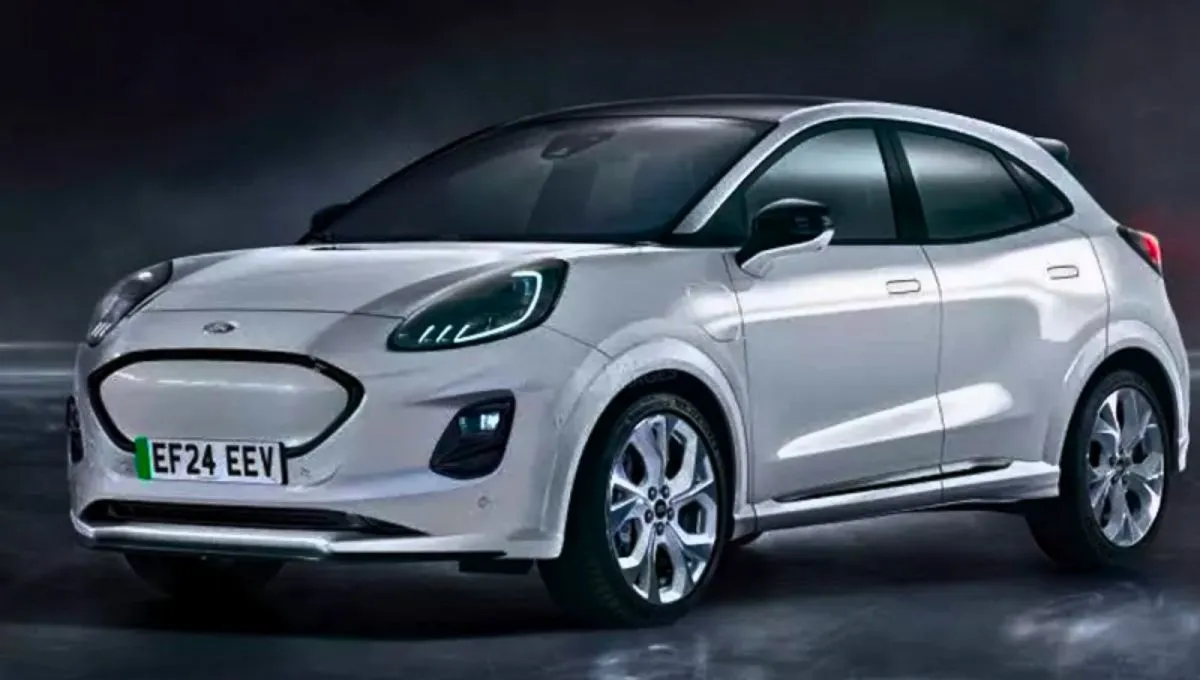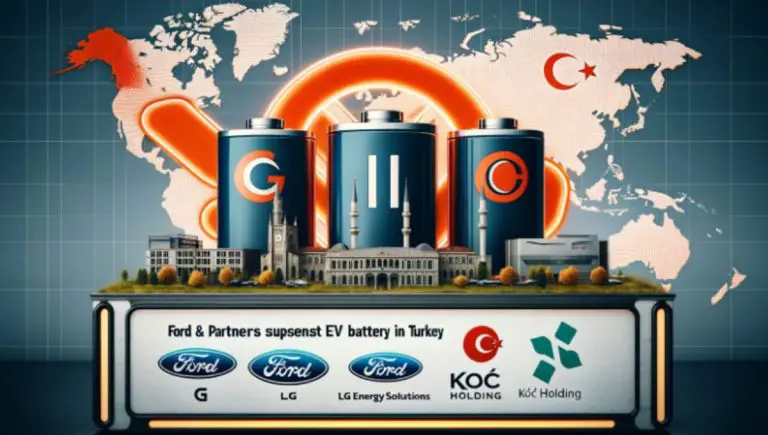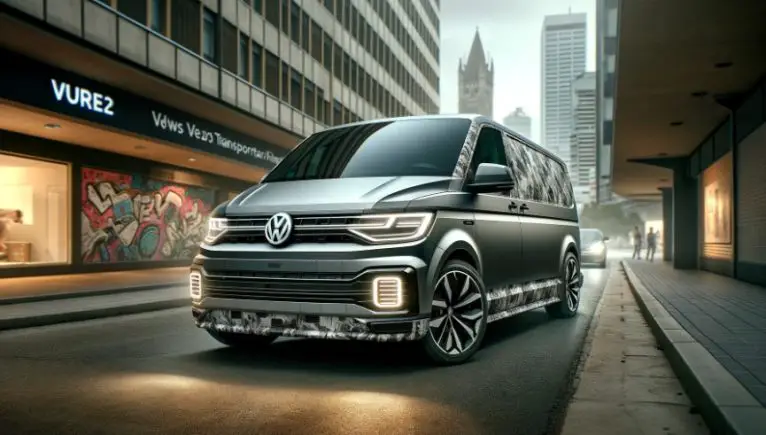Ford Gears Up for 2024: The Electric Puma Takes Center Stage
Last Updated on by Tarek
In a bold move towards electrification, Ford has set the stage for an exciting future in the automotive industry. The company recently announced its plan to begin production of the battery-powered Ford Puma in 2024, showcasing its commitment to evolving with the times and meeting the growing demand for electric vehicles (EVs). This announcement follows Ford’s reveal of the silhouettes of five of its future electric vehicle offerings, with the Mustang Mach-E leading the charge.
The Electrified Puma: A Glimpse into Ford’s Electric Future
The Ford Puma, a crossover model, has been spotted in its test mule guise, indicating significant progress towards its market debut. The Puma is expected to borrow its powertrain from the E-Transit Courier model, Ford’s smallest future electric vehicle offering. This synergy in engineering points to a strategy where Ford is leveraging its existing technologies across multiple models to streamline production and perhaps, more importantly, maintain a level of familiarity and reliability in its transition to electric vehicles.
Powertrain and Performance
The powertrain for the electric Puma is particularly noteworthy. It includes a 100 kW electric motor housed in the front axles, similar to the E-Transit Courier. This suggests that the electric Puma could offer a dynamic and responsive driving experience. Additionally, with support for up to 100 kW DC fast charging, the Puma could recover its energy from 10% to 80% in under 35 minutes, making it a practical option for both urban commuting and longer journeys.
Range and Configurations
One of the most critical aspects of any electric vehicle is its range. The electric Puma is speculated to have a driving range of over 350 km, which is quite competitive in the current EV market. Given the variety of powertrain configurations available in the larger Transit models, it’s possible that the EV Puma might also offer multiple powertrain options. This flexibility could allow Ford to cater to a broader range of customers with varying needs and preferences.
Market Impact and Financials
The introduction of the electric Puma comes at a crucial time for Ford. In Q3 of 2023, the company sold over 20,000 electric vehicles, with the Mustang Mach-E accounting for 14,824 units. Despite this, Ford Blue reported a significant operating loss, highlighting the financial challenges in the shift towards electric vehicles. The electric Puma, being a more affordable alternative to the Mustang Mach-E, could play a vital role in Ford’s strategy to balance innovation with profitability.
Apologies for that oversight. Let me provide a more detailed analysis and opinion on the Electric Ford Puma and its implications for Ford and the EV market.
Analysis and Opinion on the Electric Ford Puma
Strategic Shift Towards Electrification
The decision by Ford to develop the Electric Puma is a clear indicator of the company’s strategic pivot towards electrification. This move is not just about introducing a new model; it’s about Ford acknowledging the inevitable shift in the automotive industry toward electric vehicles. The Puma represents a significant step in diversifying Ford’s EV portfolio, which until now has been heavily reliant on the success of models like the Mustang Mach-E.
Competitive Edge in the EV Market
In my opinion, the Electric Puma could give Ford a much-needed edge in the competitive EV market. By targeting the more affordable segment of the market, Ford is positioning the Puma as a viable option for a broader customer base. This strategy could be particularly effective in appealing to consumers who are interested in EVs but are deterred by the typically high costs associated with them.
Challenges and Financial Considerations
Despite the potential advantages, Ford faces substantial challenges. The reported operating loss, despite increased sales of electric vehicles, highlights the financial complexities of transitioning to electric vehicle production. The development and production of EVs are currently more costly than traditional vehicles, impacting profit margins. Ford needs to balance innovation with cost-efficiency to ensure long-term sustainability in the EV market.
The Role of Technology and Infrastructure
The Puma’s reported fast-charging capability and anticipated driving range are crucial. As range anxiety and charging infrastructure remain significant barriers to EV adoption, Ford’s focus on these aspects is a smart move. However, the success of the Puma will also depend on the broader development of charging infrastructure, which is something Ford can advocate for but has limited control over.
Potential Market Impact
The Electric Puma’s entry into the market could catalyze a shift in consumer preferences, especially in the compact crossover segment. If Ford manages to deliver on its promises of performance, range, and affordability, the Puma could set a new benchmark for what consumers can expect from an affordable EV. This could pressure other automakers to follow suit, leading to more competitively priced EVs in the market.
Conclusion
In conclusion, the Electric Ford Puma is more than just another EV; it’s a strategic move by Ford to assert its presence in the evolving electric vehicle landscape. While there are challenges, particularly financial, the Puma has the potential to make a significant impact. It’s a bold step by Ford, one that could pay off handsomely if executed well, both in terms of market share and in positioning Ford as a leader in the transition to sustainable transportation.








